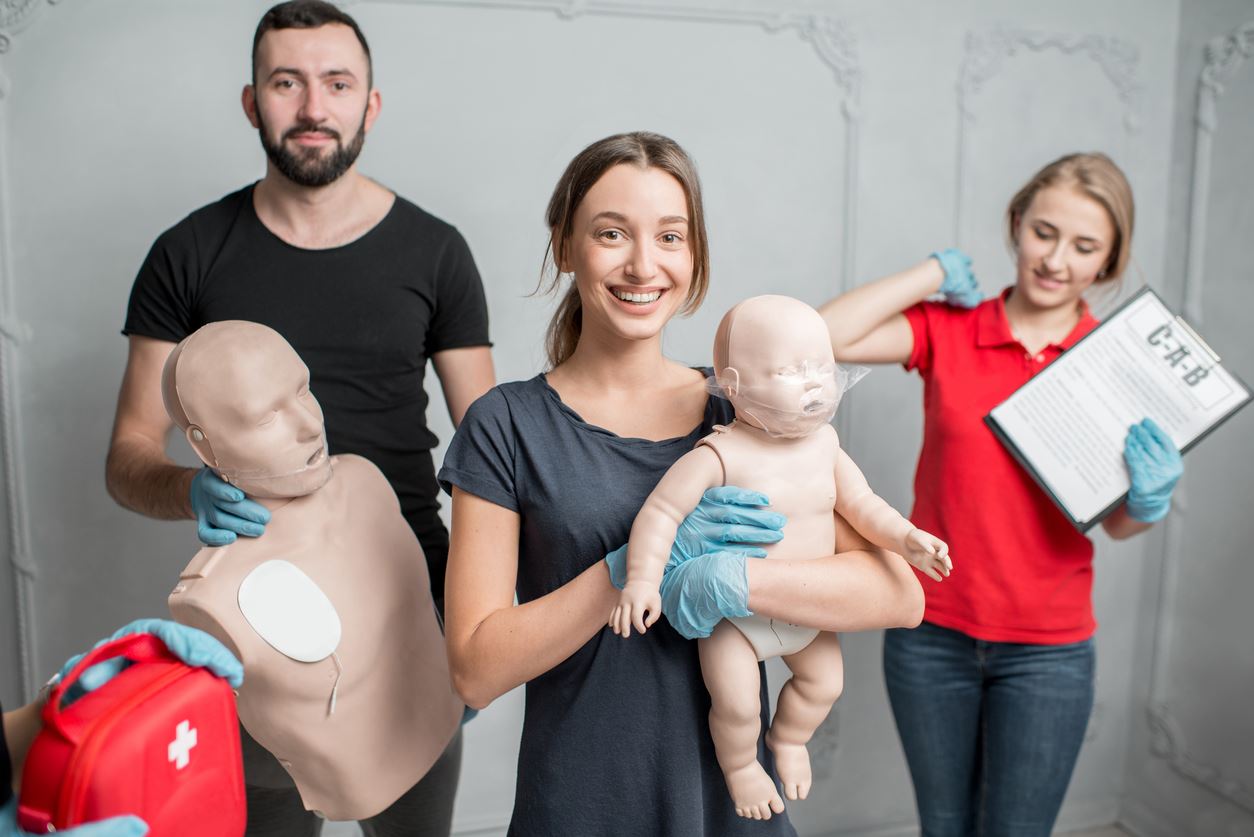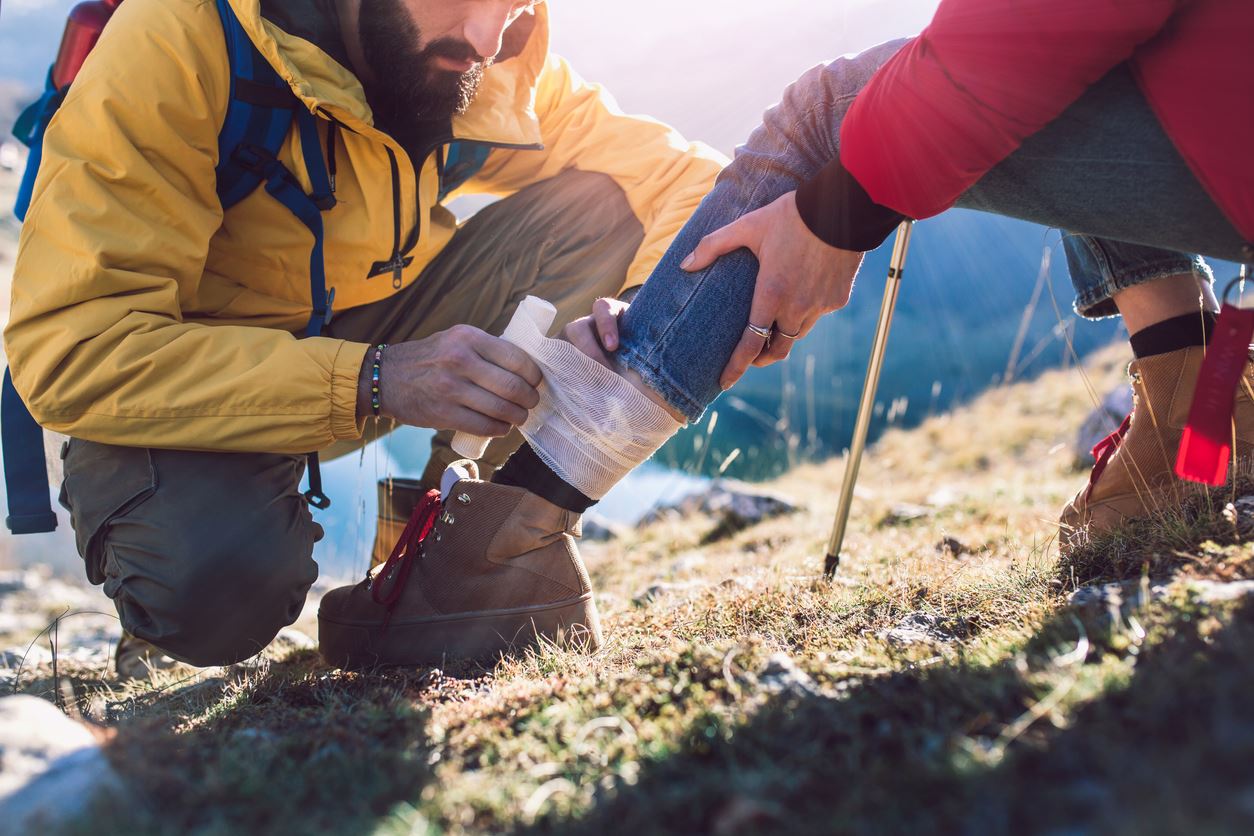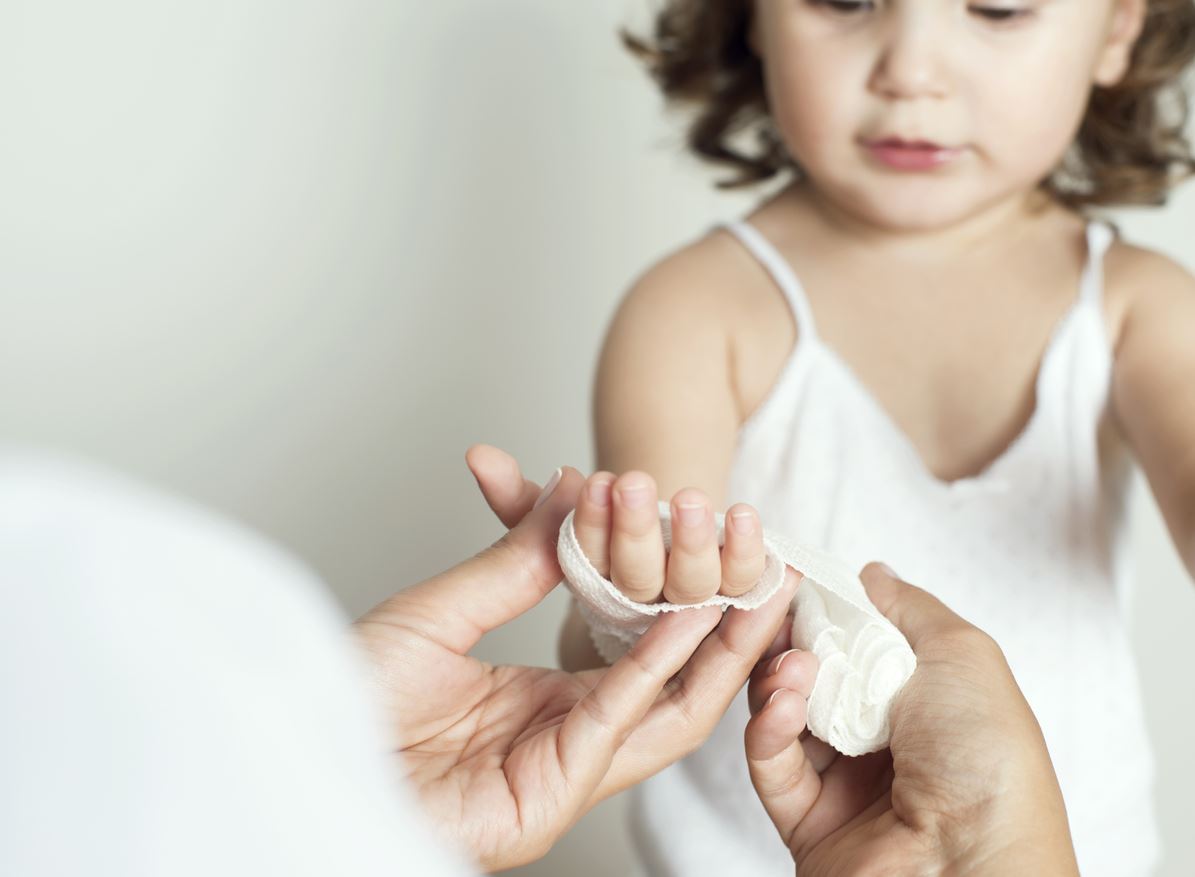Why Basic First Aid is So Important

The story of nurse Aoife McGivney, who heroically saved the life of a Dublin bus driver and his passengers, catapulted the conversation around first aid to the front of the Irish papers earlier this year. If you read about it and wondered if you could have helped, you’re not alone. Siobhán Butler of First Aid for Everyone has been training people in first aid for the last 10 years. At the beginning of our courses,” she begins, “people often say, ‘well she was a nurse, I couldn't do that.’” But once they’re armed with the knowledge, “they feel they could definitely do something to help.”
The Power of Knowing First Aid

According to the Irish Heart Foundation, people are 10 times more likely to perform CPR at an incident if they have some sort of first aid knowledge. “70% of us who know CPR will perform it on somebody we know,” explains Siobhán. “So chances are, it’s going to be a layperson who isn’t a nurse or doctor - it’s going to be someone who’s done a first aid course.”
You Could Save a Life
So, what’s covered in a basic first aid course? You’ll learn valuable skills around how to act in an emergency, whether that’s a stroke, heart attack, treating burns, or administering CPR. “You’re better off to know and not need it, than to need it and not know,” Siobhán says.
Examples of First Aid in Action: Burns

Sometimes, quick thinking in an emergency can have a dramatic impact on the extent of the injury. This is especially true of burns, one of the most common accidents that cause people to end up in A&E. “The first part of treating a burn is always cooling,” Siobhán explains. “Unfortunately, people start Googling and wasting time. The longer you leave a burn, the more it starts making its way down through your skin. This increases the pain of the burn and the risk of long-term scarring. Getting the heat out of the burn reduces the chances of it getting worse.”
Examples of First Aid in Action: Seizure
Another common reason people book on to one of the courses is for knowledge around dealing with a seizure. “Either they’ve had one themselves, or they witnessed one and just didn’t know what to do,” Siobhán explains. “There are so many myths attached to people having seizures.” First aid training will help you to confidently act in situations like these.
What to Do if You’re First at the Scene of an Accident
“The first priority at the scene should always be to make sure that the area is safe,” explains Siobhán. “Check for any other dangers like traffic, or if at home it would be things like glass or wires, anything that could interfere,” she notes. “The second thing is to establish if the person is responsive.” You do this by tapping them and saying their name. The next step is to call for help. “Either get somebody to phone 112 or put your phone on speaker and make the call yourself. Even if you aren’t trained in CPR, the operator can prompt you on what to do.”
Finally, Siobhán advises, “if it doesn’t feel right, it’s probably not.” You’re better off standing back and doing nothing rather than moving someone or doubting yourself. Stick with what you’ve learnt and don’t be afraid to step forward – it could save someone’s life.
Created August 2019.